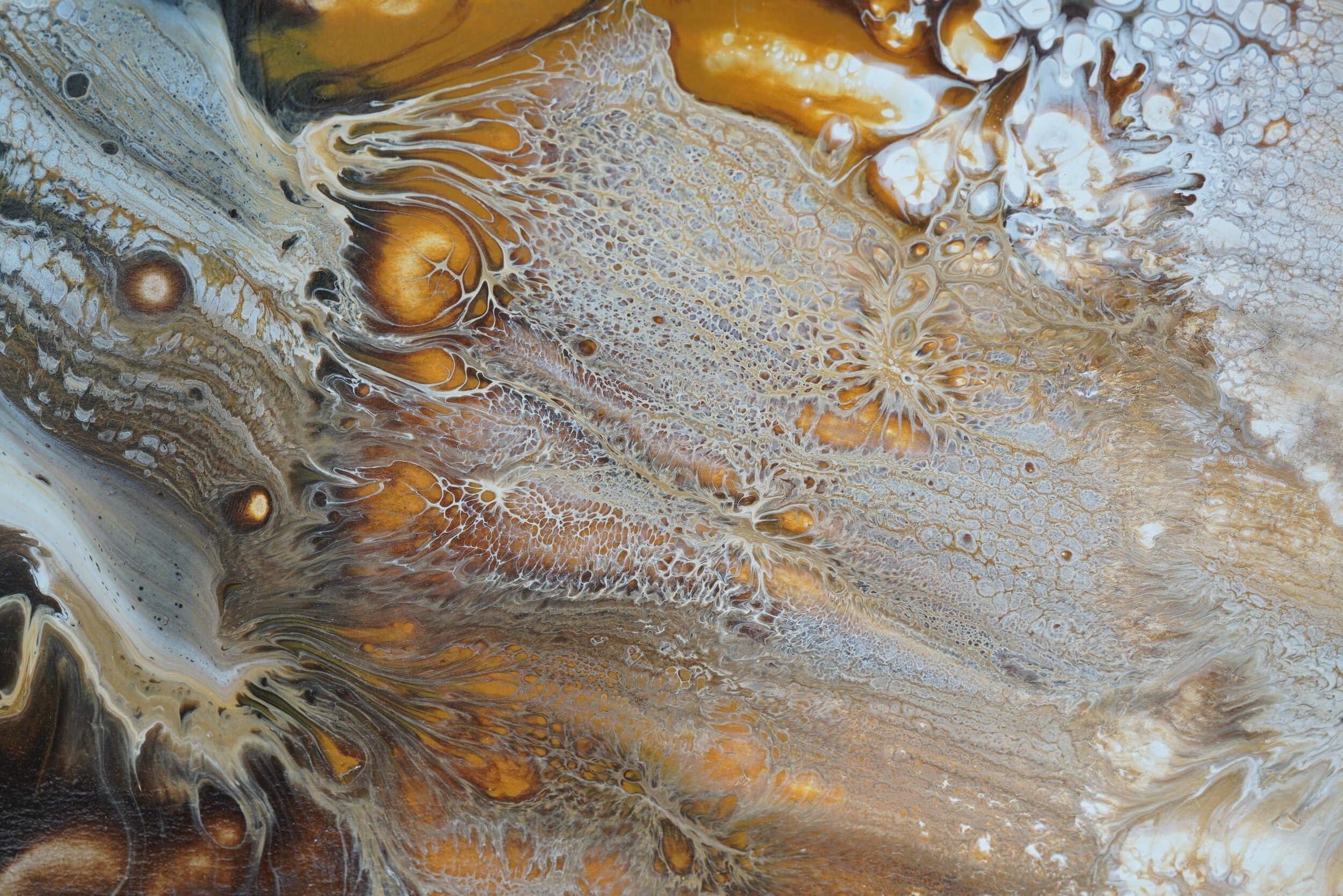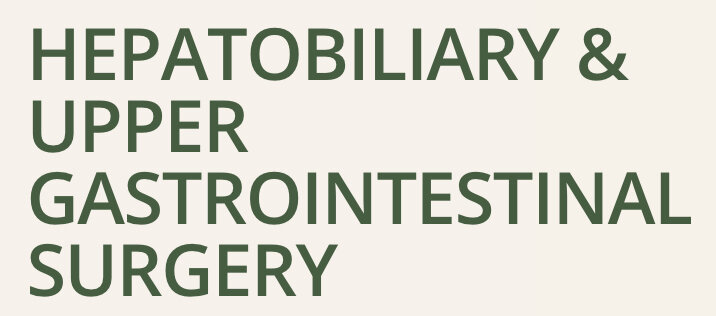
Whipple’s Procedure
(Pancreaticoduodenectomy)
What is a Whipple’s Procedure?
The Whipple’s procedure, or pancreaticoduodenectomy, is the most common surgery to remove tumours in the pancreas. It removes and reconstructs a large part of the gastrointestinal tract and is a difficult and complex operation. Surgery to remove a tumour offers the best chance for long-term control of all pancreatic cancer types. The pancreas is an abdominal organ located behind the stomach and is surrounded by other organs, including the spleen, liver and small intestine. The pancreas plays an important role in digestion and in regulating blood sugar.
Who will need the surgery?
The most common reasons to have this operation are; cancer of the head of the pancreas, bile duct, duodenum or ampulla. There are also non-cancerous conditions that are treated with this procedure: eg. cysts of the head of the pancreas and bile duct, pancreatitis and pre-cancerous tumours.
What happens during the operation?
The procedure is performed in two stages:
1. Removal stage:
The gallbladder, the common bile duct, the head of the pancreas, duodenum (the first section of the small intestine to leave the stomach), part of the stomach and part of the small bowel are removed.
2. Reconstruction stage
The pancreas is attached to the small bowel, the bile duct is joined to the bowel and finally the stomach is joined to the bowel to allow food to pass through.
The operation time varies between 5-8 hours. You may be sent to the intensive care unit for the first night following your surgery for monitoring.
What to expect after your operation
Activity
You can expect your nurse and physiotherapist to help you get out of bed on the first day after surgery. Each day your tolerance for activity will increase. You will need to wear an oxygen mask for a short time after your surgery to support your breathing. The amount of oxygen you will require will slowly be decreased as you recover. You will be constantly reminded to attempt your deep breathing and coughing exercises to help prevent chest infections.
You will also be encouraged to exercise your legs, as lying still increases the risk of blood clots forming in your legs. You will be asked to wear TED stockings throughout your hospital stay and given small injections daily or twice daily to help prevent blood clots from forming.
Diet
Immediately after the surgery you be allowed sips of water, and you will slowly progress to greater volumes of clear and free fluids over the next few days. During your surgery a feeding tube is placed into your small intestine to allow the administration of liquid nutrition via a feeding pump. As your gut resumes function, you will gradually progress onto an oral diet, first with a liquid, and then solid diet. You can then gradually decrease and then stop the drip and liquid nutrition under the supervision and guidance of a dietitian who will monitor you and provide advice regarding your nutritional progress.
Drain Tubes
You will have a number of plastic tubes in your body following surgery, which will vary depending on your particular medical needs. All tubes except for an IV in your hand will be placed under anaesthesia. They will be removed at various times following your surgery under the direction of your surgeon.
IV line: a central venous line placed in your neck (done under anaesthesia) to give you fluids and pain relief after surgery
Urinary catheter: tube placed into your bladder so you don’t have to get up to pass urine
Abdominal drain tubes: two soft plastic drains coming out of either side of the abdomen through the skin for drainage of blood and other fluids from around the operation site, so it does not collect in your abdomen
Nasogastric tube: a tube that goes from the nose into the stomach to relieve pressure on your stomach and bowel. This will also help to minimise any nausea.
Pain Management
Pain relief can be given in a number of ways including intravenously (via the drip) or by epidural, which involves placing a fine tube in the spine into the epidural space prior to surgery that delivers local anesthetic to the nerves around the spinal cord. The anaesthetist will decide which of these forms of pain relief are most appropriate for you. An epidural may stay in, keeping you comfortable for four to five days. You will also be given regular Panadol and anti-inflammatories (if appropriate). These medications will be given to you as suppositories until you are allowed to eat and drink and are very effective.
It is imperative that you are able to perform deep breaths and cough following your surgery to help prevent chest infections. Every effort will be made to ensure that you are comfortable enough to do this.
Wound Care
You will have a large incision along much of your abdomen. Initially you can expect to have a waterproof dressing covering your incision for the first several days. You will be able to shower with the waterproof dressing on. There will be staples in situ; these will be removed prior to your discharge from hospital. It is quite common to have a small amount of leakage from the wound.
At Discharge
You may be discharged home with your feeding tube in place, even if it is no longer being used. Nursing staff will securely tape this tube to your abdomen and it will be removed by your surgeon in the arranged review appointment at the outpatient clinic.
You may resume your normal activities, as you feel able. You should avoid work, driving and sporting activities until you have returned for your follow up appointment at at the outpatient clinic.
Avoid heaving lifting and straining and ensure adequate support of your abdomen.
Home help, meals on wheels and general social supports may be organised prior to discharge through our social work department if required. Please discuss any of these issues with the nursing staff during your stay.
A letter will be sent directly to your local doctor detailing the events during your stay.
If you notice any redness, swelling or discharge from your wound, or if you are unable to tolerate your diet, contact your local doctor.
This information is intended as a guideline only. If you have any further questions or concerns, please ask your doctor.

